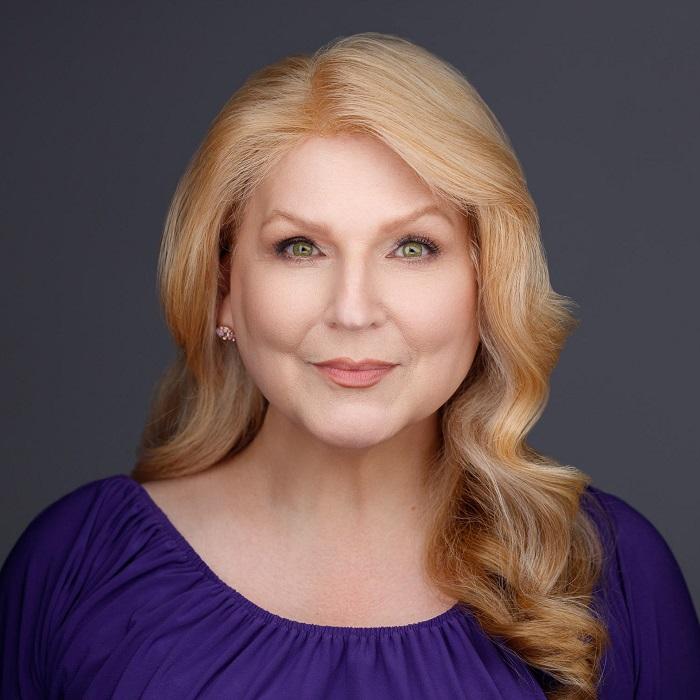Originally published on May 4, 2018 1:21 pm
Marita Growing Thunder, 19, is sitting in the grass on a warm spring afternoon at the University of Montana campus in Missoula where she studies art. Growing up, she said, her mom was always talking about aunt Yvonne.
“Everyday she’s like, ‘Oh that reminds me of what Yvonne used to do or she used to say all the time,’” Growing Thunder said.
Yvonne was the family comedian. She made goofy faces, danced at pow-wows and got into little fights with her sisters.
But then about ten years ago, Yvonne was beaten to death by her husband.
“It was a closed casket,” Growing Thunder said. “And when you looked at her, her nails were ripped off of her hands. It was so horrible.”
Growing Thunder said almost everyone in Indian Country has a story like this.
Native American women are murdered at some of the highest rates in the U.S.
Sexual assault rates are also higher than average. Around a third of all American Indian and Alaska Native women will be raped at some point in their lifetime, according to a U.S. Department of Justice report, and in almost every instance the perpetrator is non-native.
“You know it isn’t like my grandma just died of cancer,” said Ivan MacDonald, a filmmaker, social worker and member of the Blackfeet Nation. “It’s more, there’s a possibility that my grandma was beaten to death and left behind a bar. Or my cousin, she was murdered, she was raped and left for dead.”
MacDonald’s cousin, Monica, was murdered when she was just seven years old. Another cousin, Ashley Loring, 20, disappeared last year.
“I don’t think their stories are being told enough,” said Republican U.S. Senator Steve Daines.
He said it’s the lack of storytelling and reporting outside of Indian Country that inspired him to push for A National Day of Awareness for Missing and Murdered Native Women and Girls.
Each year the resolution has to be renewed and Daines has successfully pushed through that renewal for the past two years.
“This is really about bringing awareness,” he said. “Shining more light on it as we need to bring more resources to stop what’s going on.”
The numbers are alarming.
Right now an estimated 6,000 women are missing in the U.S., though that number is probably higher. Cases are under-reported and no one is officially tracking all of them.
Ivan MacDonald said building awareness is a first step.
“It brings that issue to light, but there has to be that extra step,” he said.
According to MacDonald, lawmakers need to give tribes more authority to investigate, prosecute and sentence major crimes like murder and rape in Indian Country.
Generally, tribal police can’t do that. They must turn those investigations over to the U.S. Department of Justice.
Almost half of those cases are eventually dropped due to lack of evidence.
“I think putting that power back in the hands of the tribe who know their communities best can sort of help alleviate some of this stuff,” he said.
MacDonald also says people outside of Indian Country need to start taking ownership.
Many indigenous women feel invisible and ignored in this country. So a day of awareness can help get their stories out as long as non-natives listen.
“These women are so much more than just stats and figures and talking points for legislative policy,” MacDonald said. “They were a lived, loved, mother, daughter, sister aunt that when they were here they were loved.”
Marita Growing Thunder shows that love by stitching beautiful, handmade ribbon skirts.
Each skirt remembers an indigenous woman who has lost her life or disappeared.
The one Growing Thunder is wearing now has all the colors of the rainbow.
“If these skirts are for women who have been murdered or they’re missing then I believe it needs to be out there,” she said. “It needs to be bold and catch attention so that people can hear the stories.”
This story was produced by the Mountain West News Bureau, a collaboration between Wyoming Public Media, Boise State Public Radio in Idaho, Yellowstone Public Radio in Montana, KUER in Salt Lake City and KRCC and KUNC in Colorado.
Copyright 2020 Yellowstone Public Radio. To see more, visit Yellowstone Public Radio.








